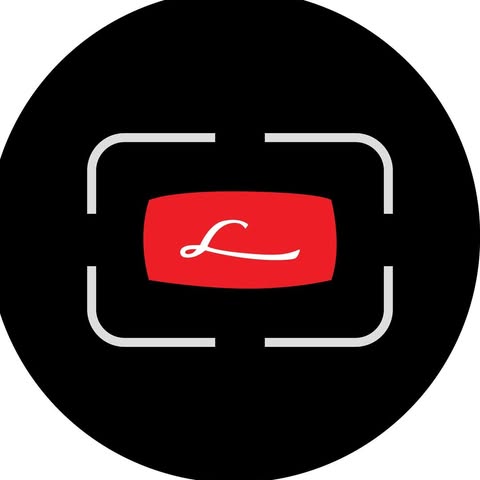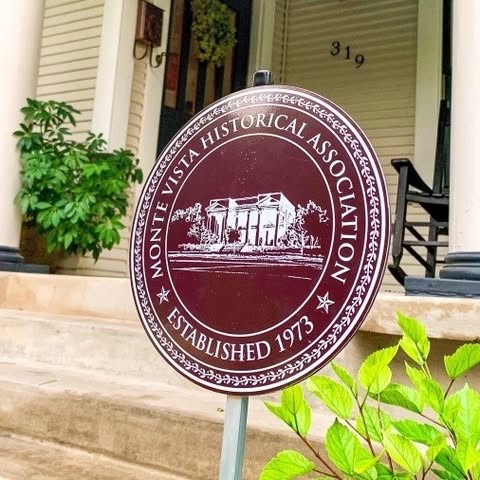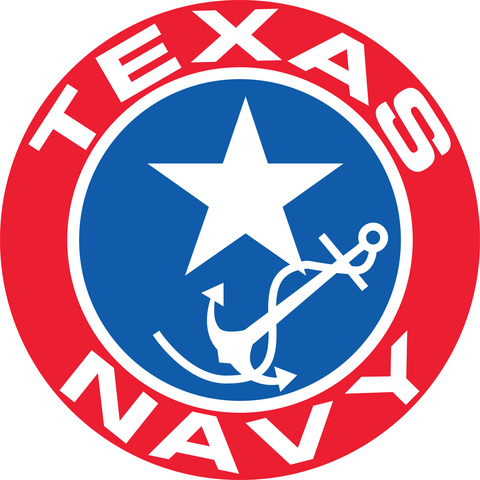
Lhsa the International Leica Society
Inspiring Leica photographers worldwide to achieve their best. Join Leica Society International today! #LeicaSociety Inspiring Leica photographers since 1968 Leica Society International is an independent, nonprofit organization dedicated to all aspects of the Leica camera, including photography, research, history, documentation and collecting.

Founded
1973
13000
X (Twitter)
2110
Address
Dallas
LSI - Leica Society International 2025 Spring Shoot Charleston SC April 2426 2025 Registration now open. LSI Announces 2024 Grant Recipient RunnerUp Congratulations Tommaso Protti New LSI Soft Releases. Solid brass specially crafted by the maker of Thumbs Up FREE 1Year Digital Membership. Have you purchased a new Leica Q M SL or S camera in the past 5 years.
From Social media
News about from their social media (Facebook and X).
Data about organisation
Dallas
Organisations from Lhsa the International Leica Society

Welcome members of the Jesuit Dallas community.

236. Global Semiconducotr Alliance
GSA has established its Women’s Leadership Initiative (WLI), seeking to significantly increase the number of women entering the semiconductor market and celebrating women in the industry.

237. Lhsa the International Leica Society
Inspiring Leica photographers since 1968.

Since 2013, we have been accelerating entrepreneurship in DFW through programs, mentorship, & community.

Every time you check-in to a restaurant on the TangoTab app, TangoTab feeds a person in need, locall.
Similar organisations
Similar organisations to Lhsa the International Leica Society based on mission, location, activites.

Located at 507 N Railroad St in Burton, Texas.

Monte Vista Historical Association
Founded in the late 19th century, the Monte Vista neighborhood has been a home to thousands of residents and continues to be a beacon of architectural pride.

Power of Preservation Foundation
The Power of Preservation (PoP) is a nonprofit comprised of a coalition of advocates, agencies, and.

This is the official Texas Navy, Inc dba: Texas Navy Association Facebook site, establishing a contact point for all Texas Navy fans.
Similar Organisations Worldwide
Organisations in the world similar to Lhsa the International Leica Society.

LEIGH FILM SOCIETY C.I.O. (uk)
A society for people in and around Leigh to meet and celebrate film.

THE ROYAL PHOTOGRAPHIC SOCIETY OF GREAT BRITAIN (uk)
The Royal Photographic Society is an international educational charity.
Interesting nearby
Interesting organisations close by to residence of Lhsa the International Leica Society

Lhsa the International Leica Society
Inspiring Leica photographers since 1968.

Our purpose is to collect and maintain the history of Murphy, Texas.
Similar social media (15110)
Organisations with similar social media impact to Lhsa the International Leica Society

46230. Lewis-Clark State College Foundation Inc
Welcome to the official Facebook page of Lewis-Clark State College.

46231. Albanian American Community of Illinois
AACI is a 501(c)(3) nonprofit organization in Chicago, IL working to preserve Albanian culture.

46232. Lhsa the International Leica Society
Inspiring Leica photographers since 1968.

Club de Supporters du Paris Saint-Germain à New York City Paris Saint-Germain New York City Fan Club.
Join us and make a difference for the future!
Sign Up
Please fill in your information. Everything is free, we might contact you with updates (but cancel any time!)
Sign in with GoogleOr
Good News
🌍🚍 Exciting news from West Yorkshire! 🎉 Council leaders have approved funding for a fleet of publicly-owned electric buses. 🌱💚 This new franchised network will revolutionize transport with affordable fares, better routes, and improved timetables. A step forward for sustainable travel! #GoodNews #Sustainability #PublicTransport
Funding approved for fleet of publicly-owned buses
Yahoo
Like CommentCelebrating the 20th anniversary of the "Two Mountains Theory" in Shanghai reminds us that nature's beauty is our greatest treasure! 🌱💚 Let's champion green development and sustainable practices here in the Czech Republic too! #EcoFriendly #SustainableFuture #GoodNews
Green development blossoms in Shanghai
Benzinga
Like Comment









